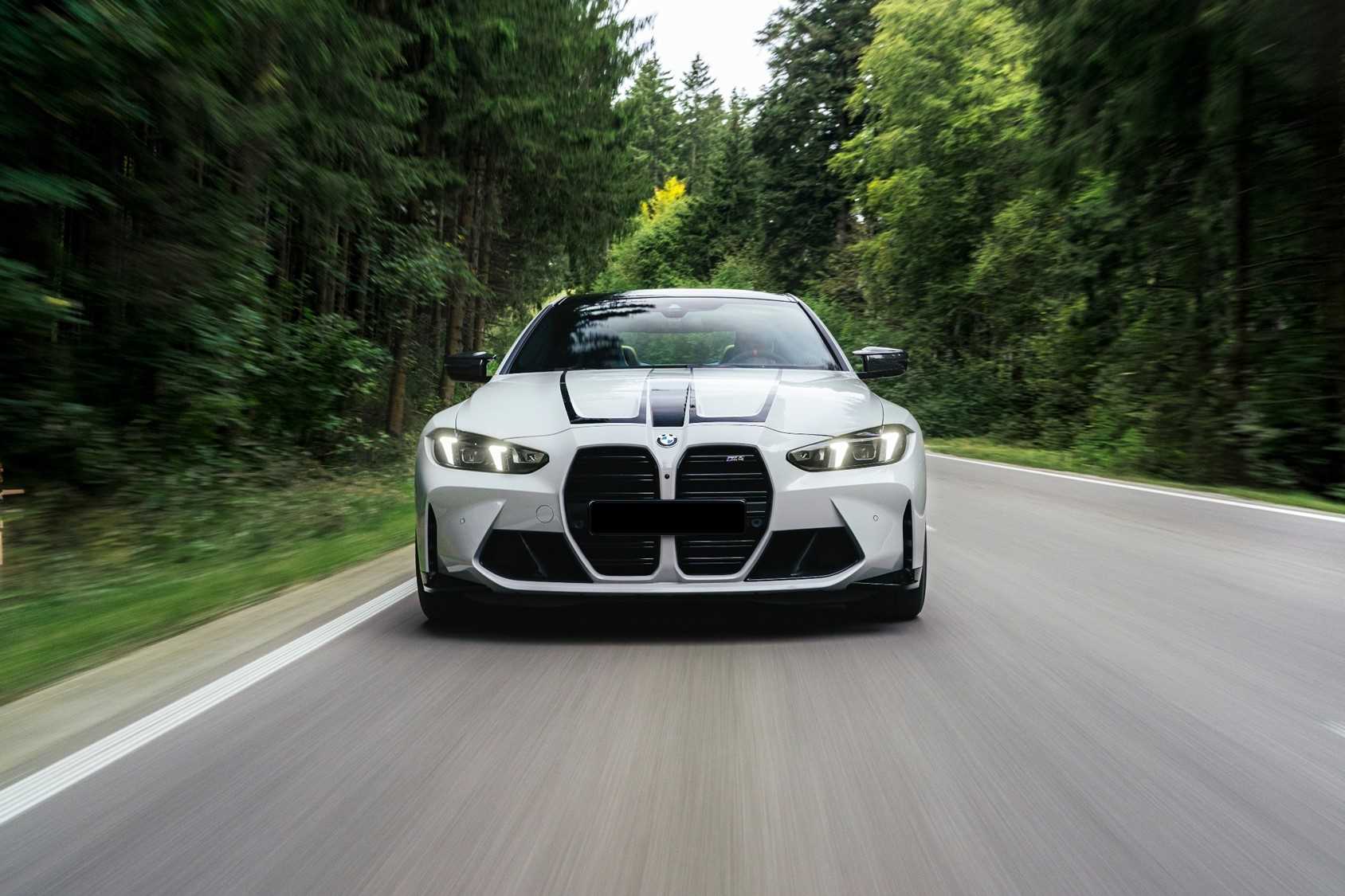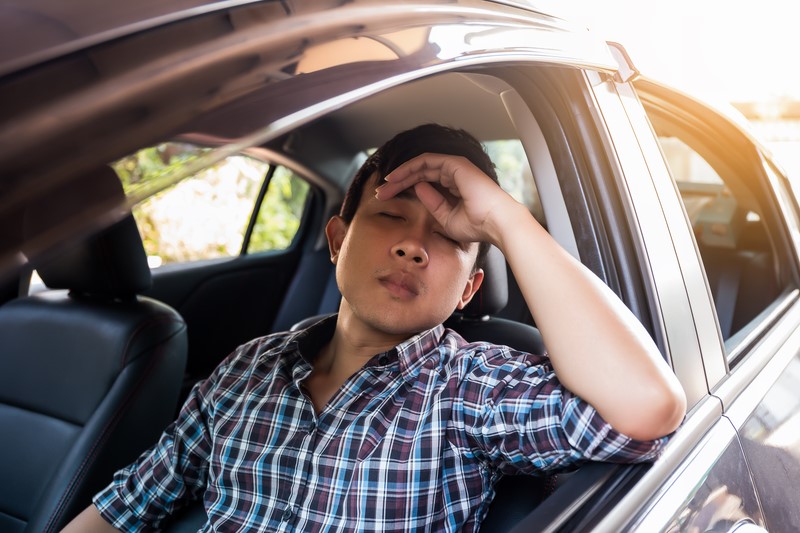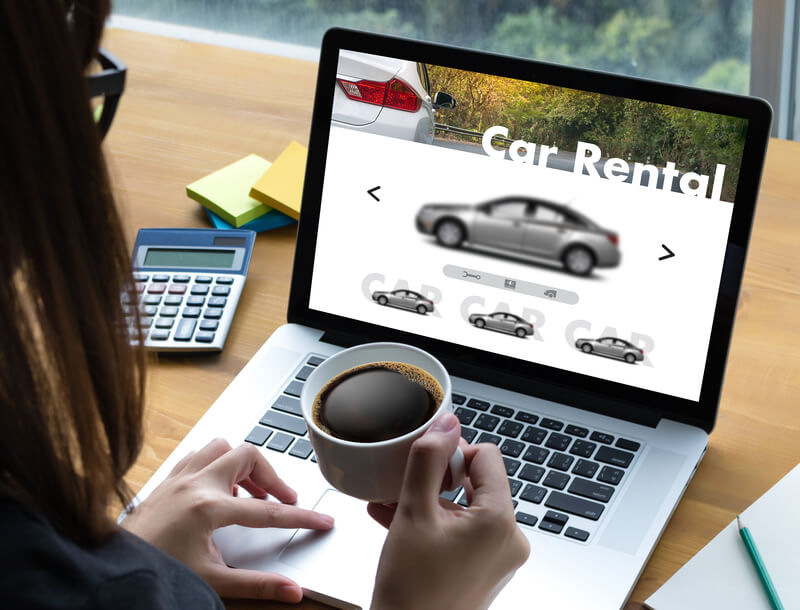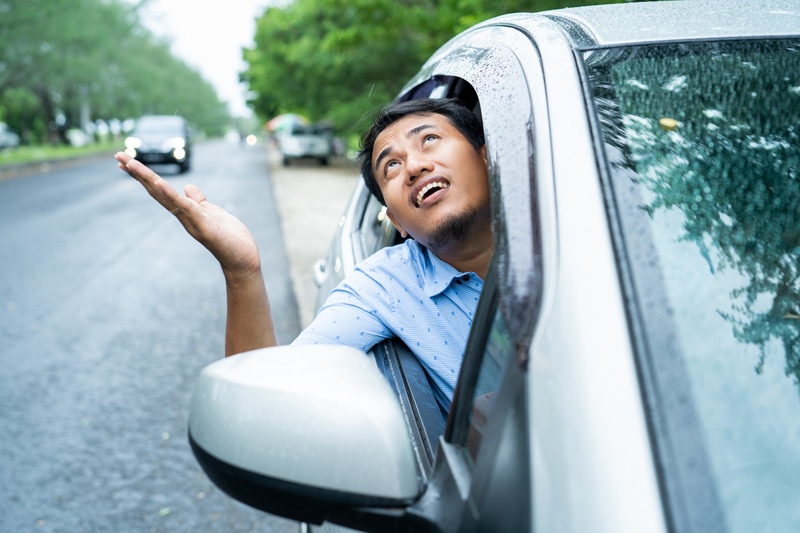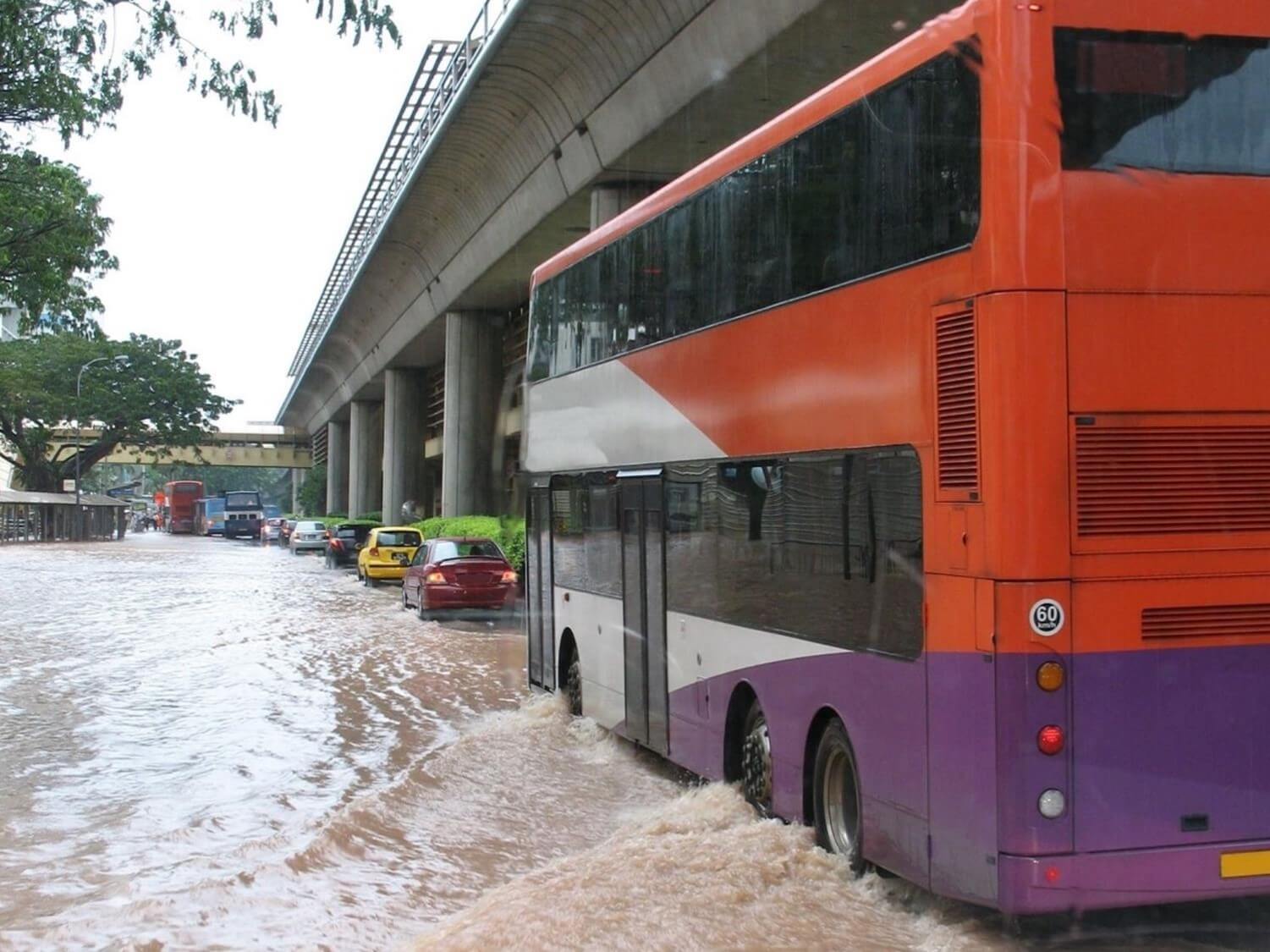Going on a European road trip is a dream for many of us. We think of scenic drives through picturesque landscapes, exploring hidden gems and enjoying different food and cultures along the way.
While the freedom of exploring Europe by car brings a thrill like no other, to make the most of this experience, it is crucial to understand the ins and outs of driving on European roads. Each European country has its own set of driving rules and regulations, so do plenty of research before setting off on your adventure.
Here are some important tips to make your European road trip smooth, enjoyable and most importantly, safe.
1. International Driving Permit
While Singaporean driving licences are generally accepted in many European countries, an International Driving Permit (IDP) is often required, especially in non-English speaking nations. You can get an IDP from the Automobile Association of Singapore. And always have your Singapore driving licence and the IDP with you to ensure you are legally covered while driving in Europe.
2. Car rental for your European drive
You will most likely be renting a car to explore Europe, especially for venturing off the beaten path. If possible, pick a model that you are familiar with when choosing a rental car.
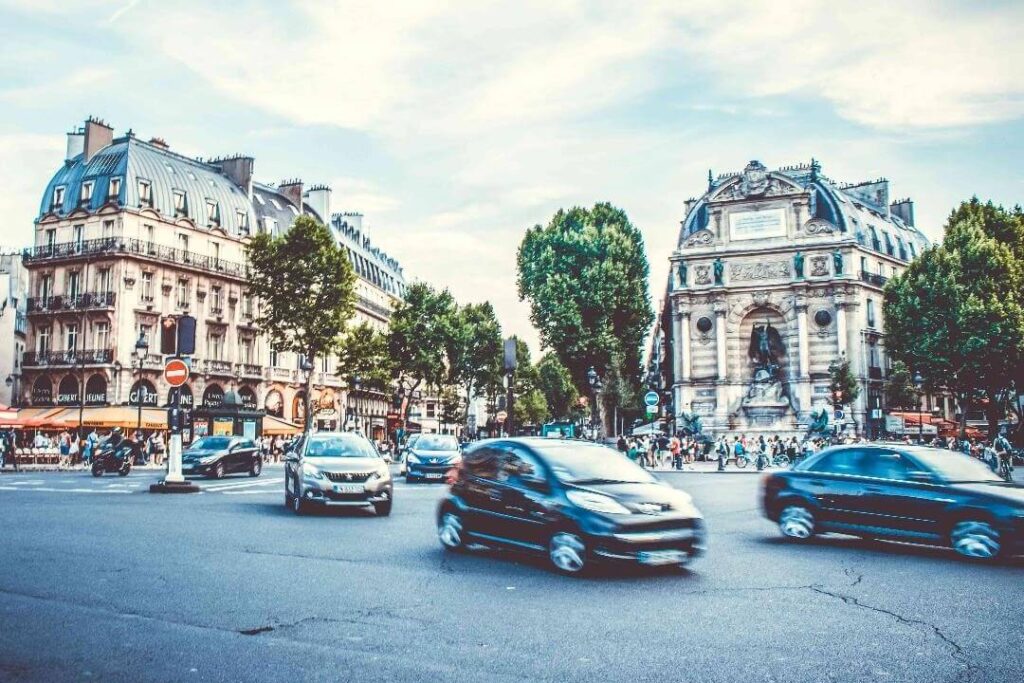
Renting a car can make it easier for you to get around for your European holiday
Research reputable car rental agencies and their customer reviews. Rent a car for only as long as you need it as some agencies levy a penalty for early return of the vehicle. Book in advance to secure better rates. Always check the vehicle thoroughly and note down any damages in writing with pictures as proof before driving away.
3. Online/offline maps
Google Maps, Waze or other navigational tools are indispensable but don’t just rely on GPS. Download maps onto your smartphone so that you can still get to your destinations in case you lose Internet connectivity along the way. And trust us, it has happened before!
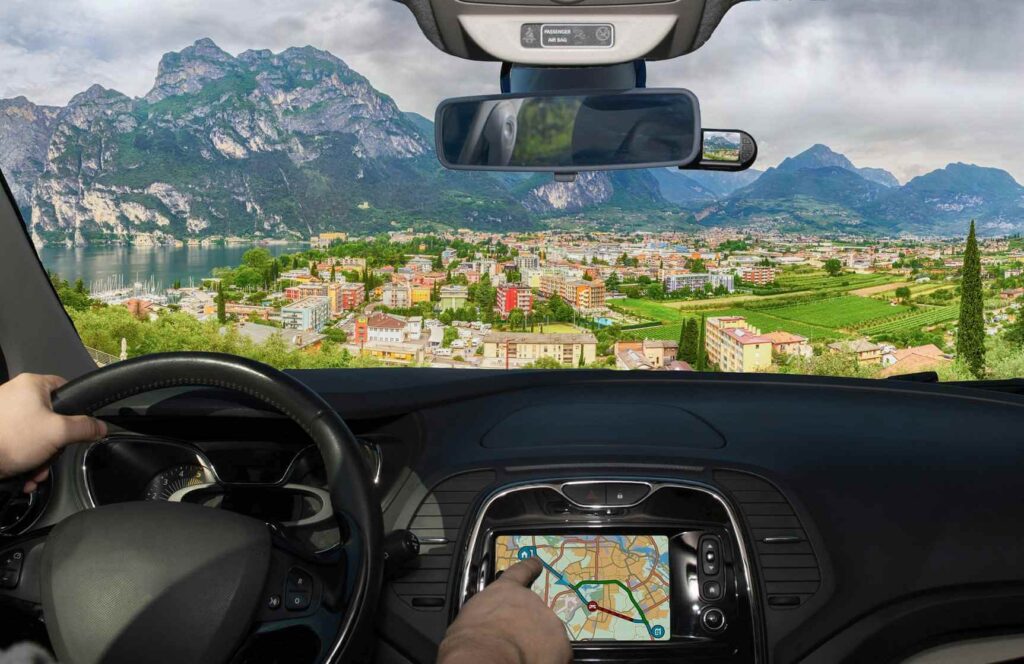
Download maps so that you always have access to them (Photo)
Should you drive overseas if you haven’t been driving regularly?
Driving overseas is not recommended if you don’t drive regularly in Singapore. Even experienced drivers need time to adjust to the different road, traffic, and weather conditions overseas.
If you plan to drive in Europe even though you haven’t been driving much, please go for a driver refresher course before your trip. Make sure you are confident and comfortable behind the wheel to avoid potential accidents or being a danger to others on the road.
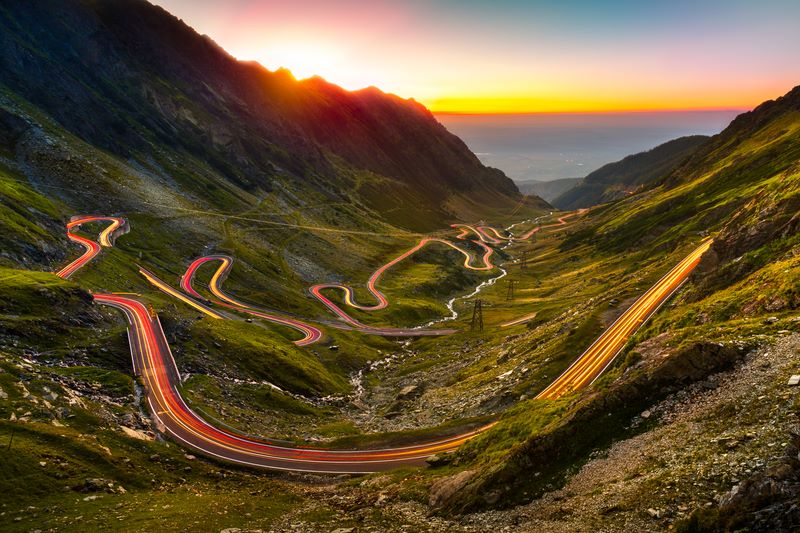
4. Driving on the RIGHT side of the road: Don’t get left behind
In Singapore, we drive on the left side of the road. But in most European countries*, driving is done on the right. That means slower traffic stays to the right, and you use the left-hand lane for passing. In fact, it is illegal to use the slower lane for passing in countries such as France and Germany.
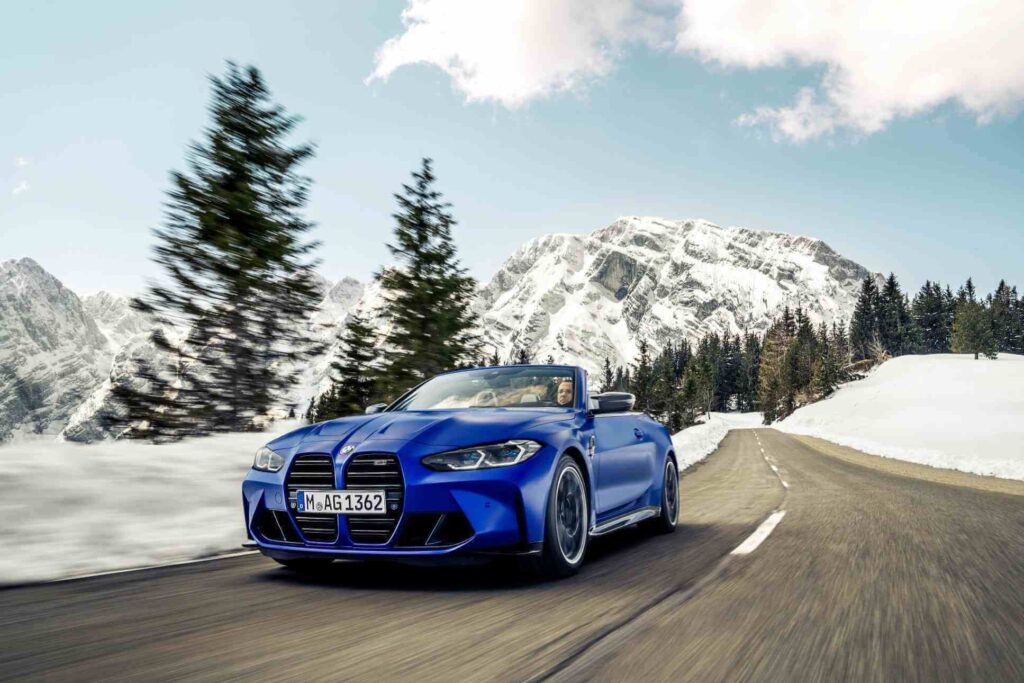
What a rush it is to take to the open roads! (Photo: BMW Asia)
Sitting and driving on the “wrong” side of the car may feel strange at first. To ease into it, try practising in a less crowded area. Be extra careful at traffic junctions and roundabouts (see below).
*Notable exceptions are the UK, Ireland, Cyprus, and Malta where they drive on the same side as Singapore.
5. Driving on the autobahn: Get up to speed
If you are travelling in Germany, Austria or Switzerland, you might find yourself on the autobahn (high-speed and limited-access highway).
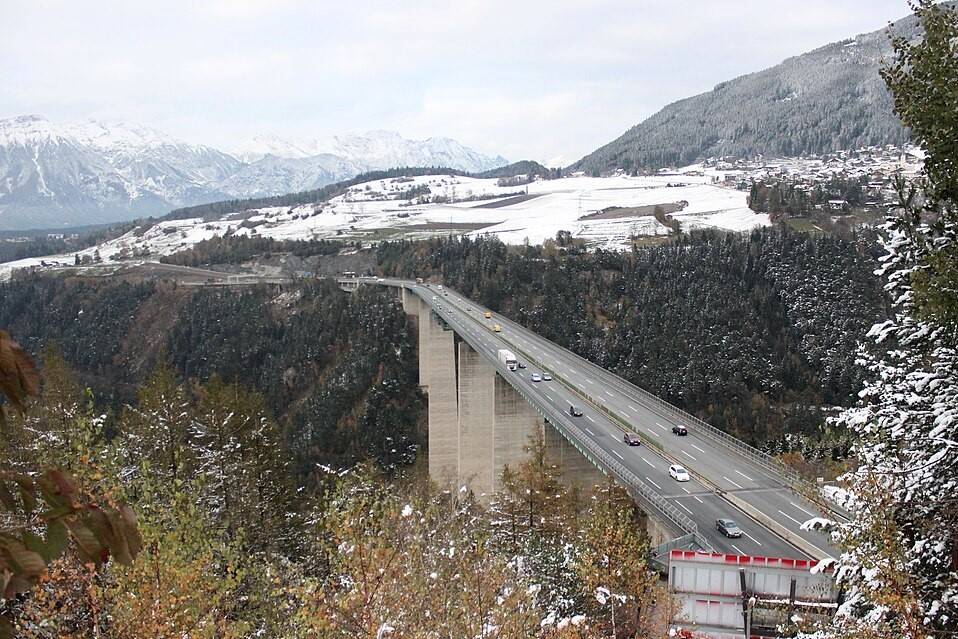
The Brenner Autobahn connects Innsbruck in Austria to Verona in northern Italy (Photo)
The autobahn is most associated with high speed, and drivers can go as fast as they want in some sections. However, more and more autobahns have speed limits these days. For example, if you see a square blue sign with a white number “130” in Germany, that means the recommended top speed is 130 km/h. If you see a round white sign with a red ring, the black number on it means the legal speed limit.
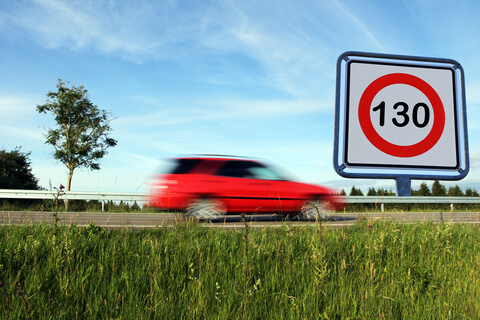
Please do not exceed the speed limit; fines can be expensive, but lives are invaluable! Be aware though that it is illegal to stop for any reason on the autobahn. Yes, even if you are out of petrol!
Also note that when driving on the autobahn, you MUST move to a left lane to pass a vehicle. Before moving into the left lane though, double-check your side mirror, as speeding cars travelling at 130km/h can zoom past you before you can say “Achtung”!
6. Overtaking: Making a pass
Other than knowing which lane to move to if you are overtaking a vehicle, you need to know when passing is NOT allowed. For example, in France, a single white line in the middle of the road means no passing in either direction. In Germany, however, no passing is allowed if there is a double white line.
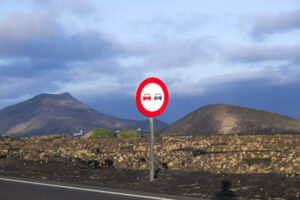
This road sign in the Canary Islands means no overtaking allowed (Photo)
When driving in Europe, you may feel intense pressure to drive at a much higher speed than you are comfortable with. This is especially if you see other vehicles bearing down on you in the rearview mirror. Know that you are less familiar with the roads than a local driver who can afford to drive faster, so breathe and give way. Use your turn signal to let other drivers know that it is alright for them to overtake you.
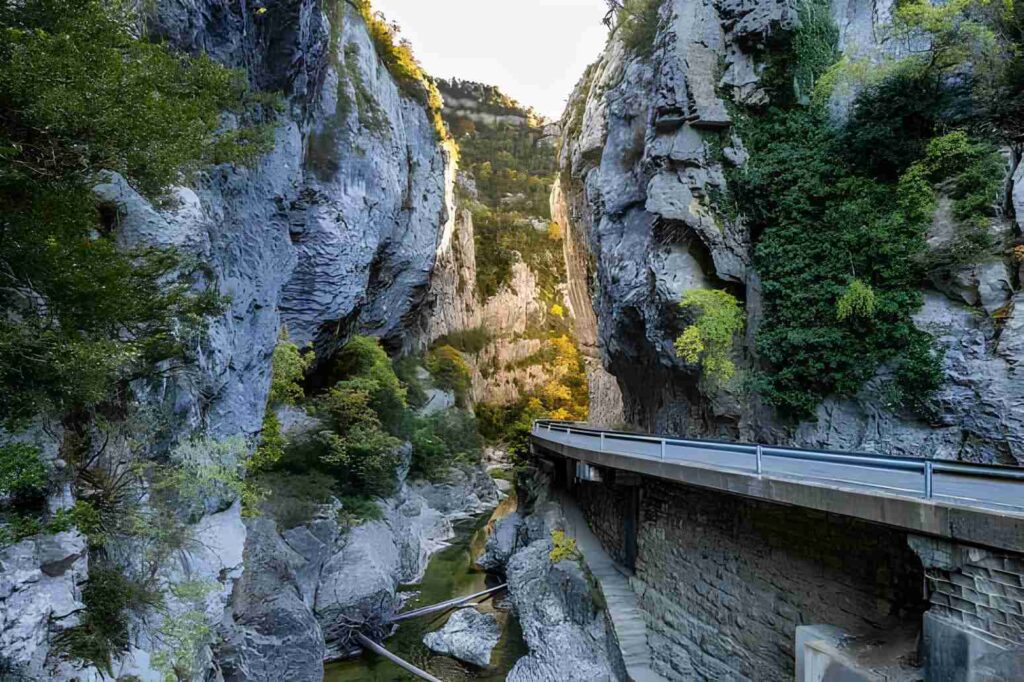
You won’t be as familiar with the roads as a local so don’t rush. Foz de Arbayun canyon, Pyrenees, Spain (Photo)
7. Paying for tolls and vignettes: Avoid a sticky situation
Ideally you have given yourself plenty of time to drive along scenic byroads or quiet secondary roads. But there may be times when you need to get on the expressways.
While driving on expressways in countries such as Great Britain and Germany is free, many major expressways in Europe require some sort of payment to get on. This is when you will encounter toll booths. Payment can usually be paid by cash or a card. However, some countries such as Portugal have introduced automatic, cashless toll systems.
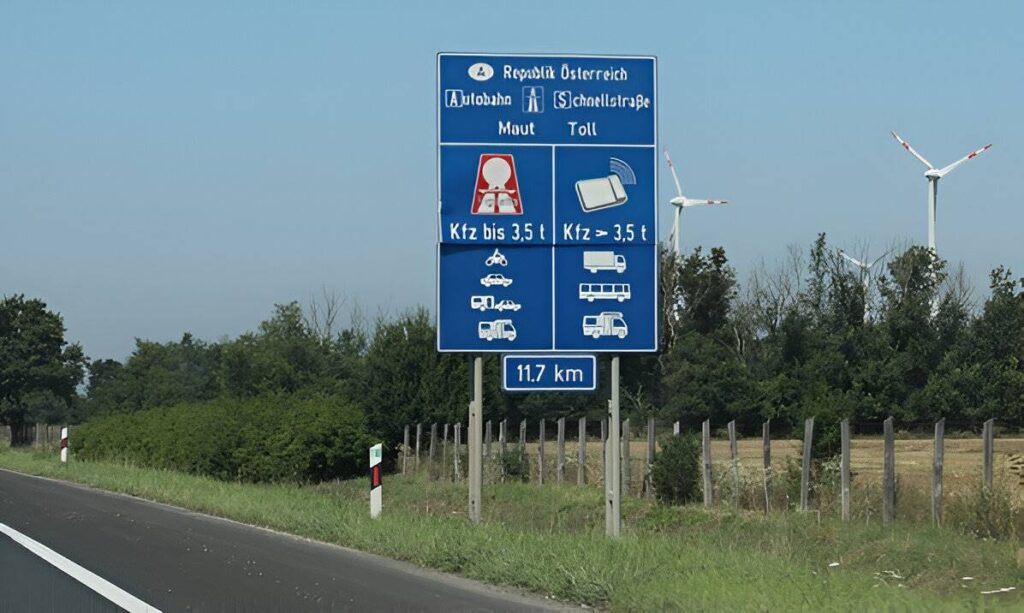
Austrian road sign with the symbol of the vignette you need to buy (Photo)
Other European countries require drivers to buy what is called a “vignette”. This is a permit decal or sticker that has to be displayed on your windscreen. It can be bought at places such as border crossings and petrol stations. Prices for the vignette vary depending on the validity period. Be sure to display the vignette or you might end up with a hefty fine.

Countries which require vignettes include Austria, Belarus, Bulgaria, Czech Republic, Hungary, Moldova, Montenegro, Romania, Slovenia (pictured above) and Switzerland.
8. Navigating a roundabout: Don’t go around in circles
We have roundabouts in Singapore, such as Newton Circus. But truth be told, many Singapore drivers do not really have a clear understanding of the right-of-way rules.
Well, you will find roundabouts in Europe, especially in the British Isles where roundabouts can be found practically everywhere.
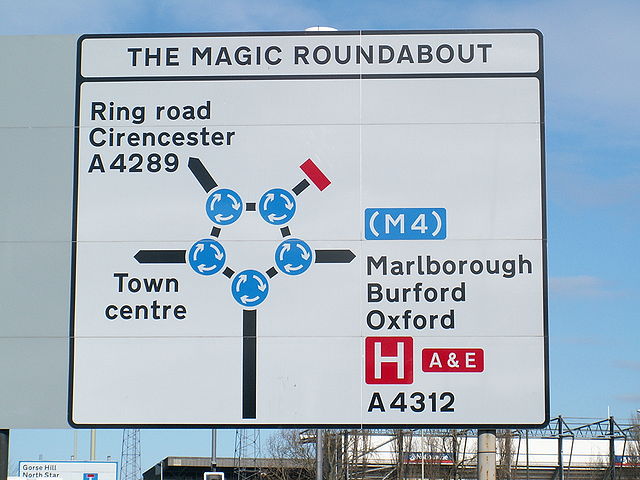
The Magic Roundabout in Swindon, England, is formed by five smaller roundabouts in a circle (Photo)
In general, vehicles inside the roundabout have the right of way. You also yield to any vehicles in the lane you are merging into.
An exception is the infamous 12-lane Arc de Triomphe roundabout in Paris. Drivers entering the Arc de Triomphe roundabout have the right of way instead, moving in a counter-clockwise direction.
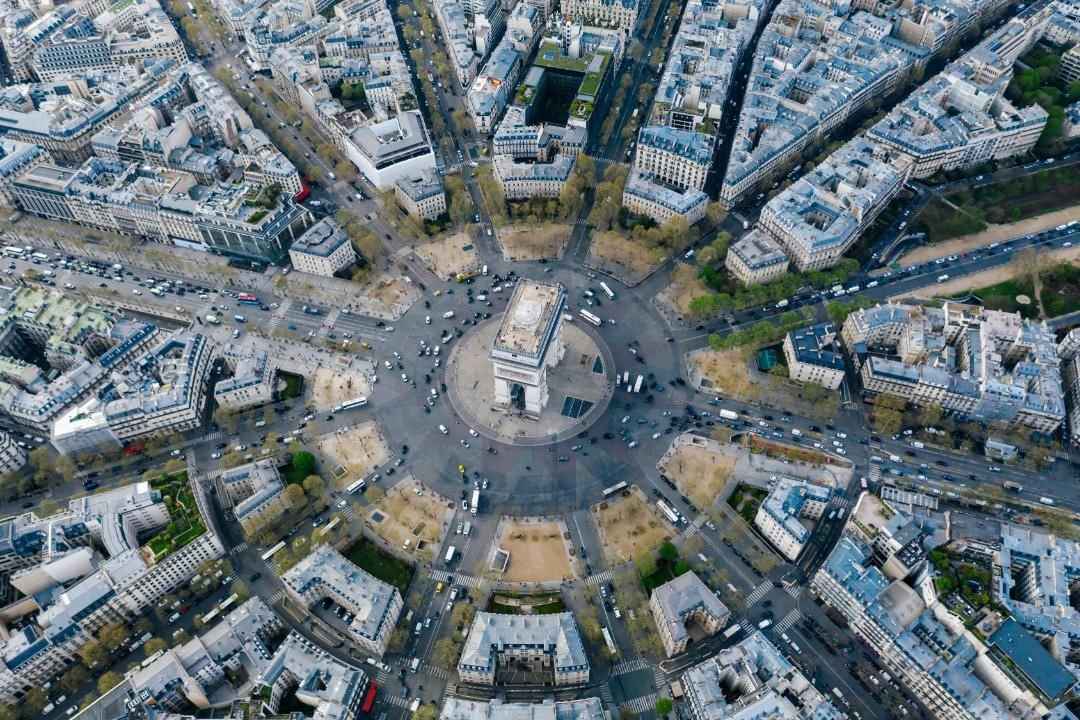
9. Low emission zones: Meeting the standards
When driving through certain cities or towns, you may come across signs showing that you are entering a Low Emission Zone (LEZ). This means there are regulations and restrictions on the type of vehicles allowed based on the pollutant levels of its emissions.
Drivers whose vehicles fail to meet the required emission standards may be prohibited from entering these zones or be required to pay a fee or buy a vignette (again) for entry. When in doubt, check with your car rental agency to save you the hassle of figuring this out.
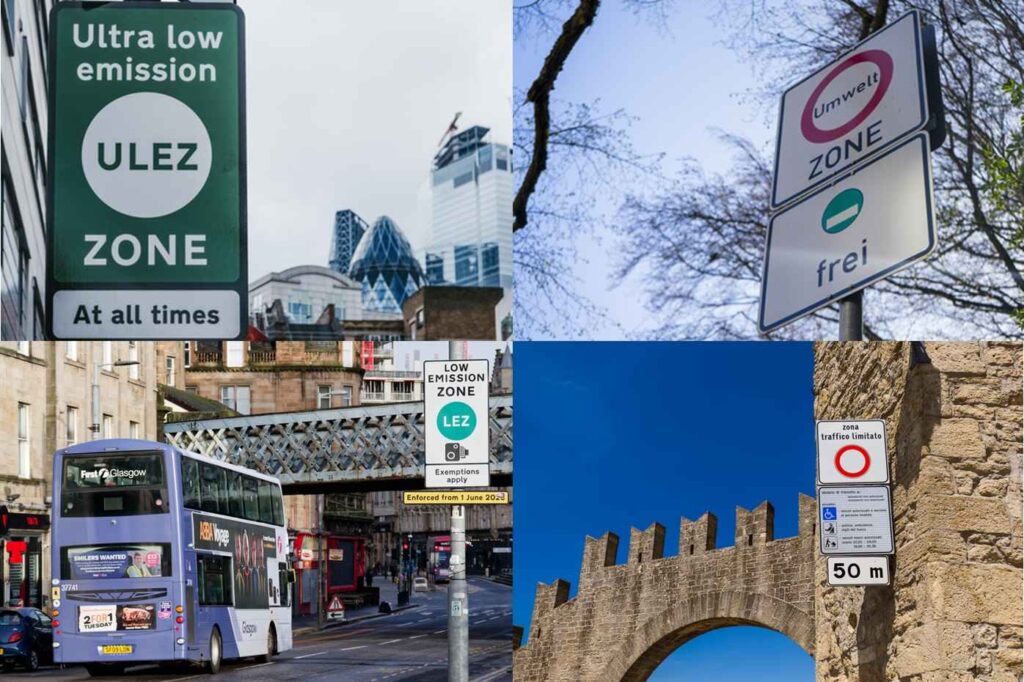
Signs indicating Low Emission Zones in the UK, Germany, Scotland and Italy
The LEZs are known by different names across Europe based on the local languages. For example, it is called Zone à Circulation Restreinte in France, Umweltzonen in Germany, ZTL Ambiente in Italy, Zona de Bajas Emisiones in Spain and Miljözon in Sweden.
10. Unusual European driving rules: Locally-made
When driving in Europe, always have essential documents such as vehicle registration, insurance, and rental agreements with you. Also make sure that your vehicle has safety equipment such as first aid kits, reflective vests and warning triangles as these are compulsory in many European countries.

Baaa-ck up! Giving way to other “road users” in Hecho, Spain (Photo)
That said, some places in Europe have oddly specific items that you need to have in your vehicle. For example, in Bulgaria, you must always carry a fire extinguisher in your car. In France, drivers are legally required to have their own breathalysers in their cars.
Many European countries also have stringent safety regulations to ensure the well-being of all road users. All drivers and passengers must use seat belts when travelling in Europe. In the European Union, it is also illegal to use your mobile phone at the wheel. Countries such as France and Spain go as far as prohibiting the use of mobile phones for navigation.
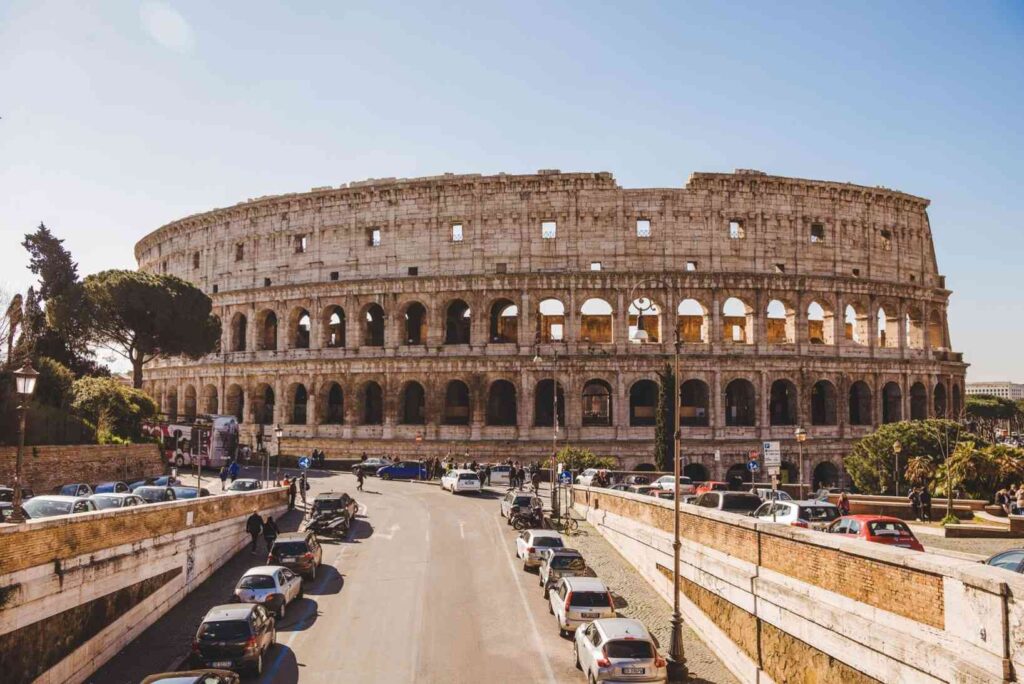
Be careful not to park against the flow of traffic in Italy (Photo)
Other examples of little-known rules that can be found in Europe are:
• Cyprus: It is against the law to eat or drink anything while driving.
• Italy: Drivers are not allowed to park against the flow of traffic.
• Moscow: Having a dirty car makes you liable for a fine.
• Spain: It is illegal to drive while wearing slippers.
• Switzerland: Slamming car doors are strictly prohibited.
So don’t be caught by surprise if you get pulled over for driving a dirty car while wearing a pair of comfy slippers and looking at the GPS of your mobile phone!
Extra tip: Drive like a local but don’t drive like some locals!
It is good to find out the driving laws of the European countries you are visiting, and better yet if you can familiarise yourself until you drive like a local.
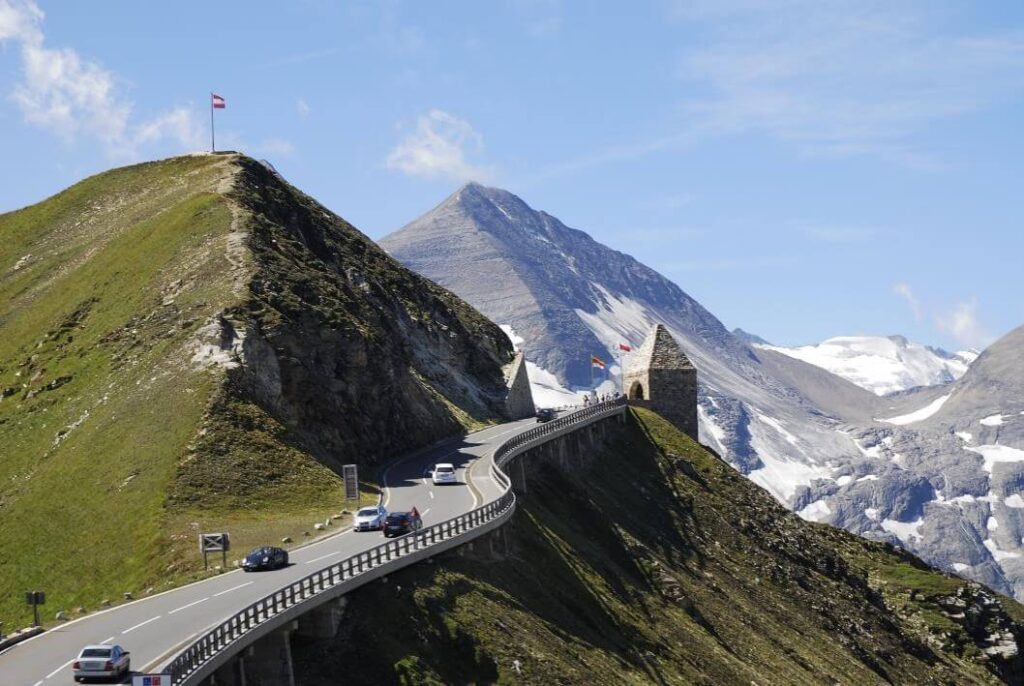
Grossglockner high alpine road in Austria (Photo)
That said, there will always be locals breaking the rules, such as ignoring the speed limits. Do not attempt to copy their behaviours as speed cameras can be found everywhere and traffic enforcement is rigorous. The local police will likely slap you with a heavy fine or worse as a foreigner who dare to breaking their laws!
If an accident happens, remain calm and dial the emergency services – 112 in Europe or 999 in UK.

Enjoy your experience driving in Europe!
Whether you are enjoying the peaceful air from scenic country roads, the waff of gentle sea breezes along a coastal drive or the heady gusts of wind rushing past you on the high-speed autobahn, a driving holiday in Europe promises quite the adventure!
The continent boasts some of the most breathtakingly beautiful roads for driving. These include the Col de la Bonette (pictured below) in the French Alps; the scenic Grossglockner High Alpine Road in Austria; the stunning Transfagarasan Highway that traverses the Carpathian Mountains in Romania; and the beautiful roads that wind around Italy’s Amalfi Coast (main photo).
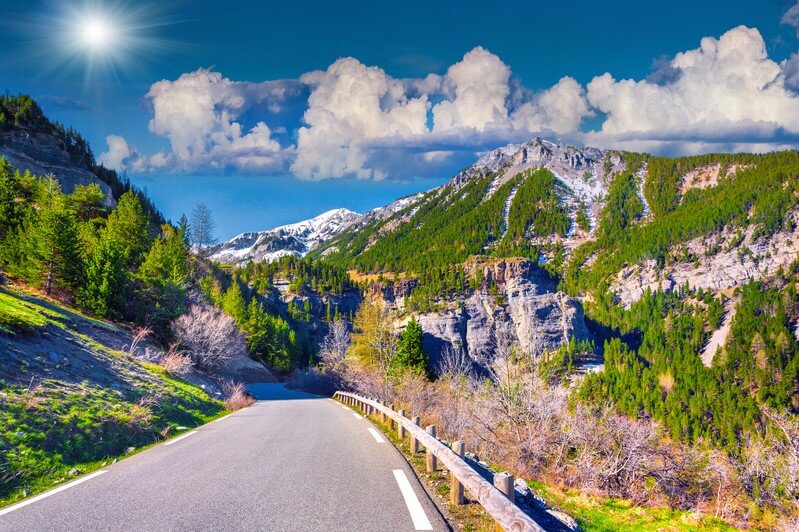
While the thought of driving in Europe is really exciting, you should take precautions to make your road trip truly enjoyable and stress-free. Remember that in Singapore, we only drive short distances from place to place, whereas you could find driving for hours at a stretch to reach your destination in Europe.
Take regular breaks so that you are not too tired from the long drive. Where possible, have a co-driver who can share the driving responsibility. That allows you to take in the sights as well as a passenger.
By thoroughly preparing for your journey, understanding European road rules, and driving safely, you will experience the joy of exploring Europe behind the wheel.
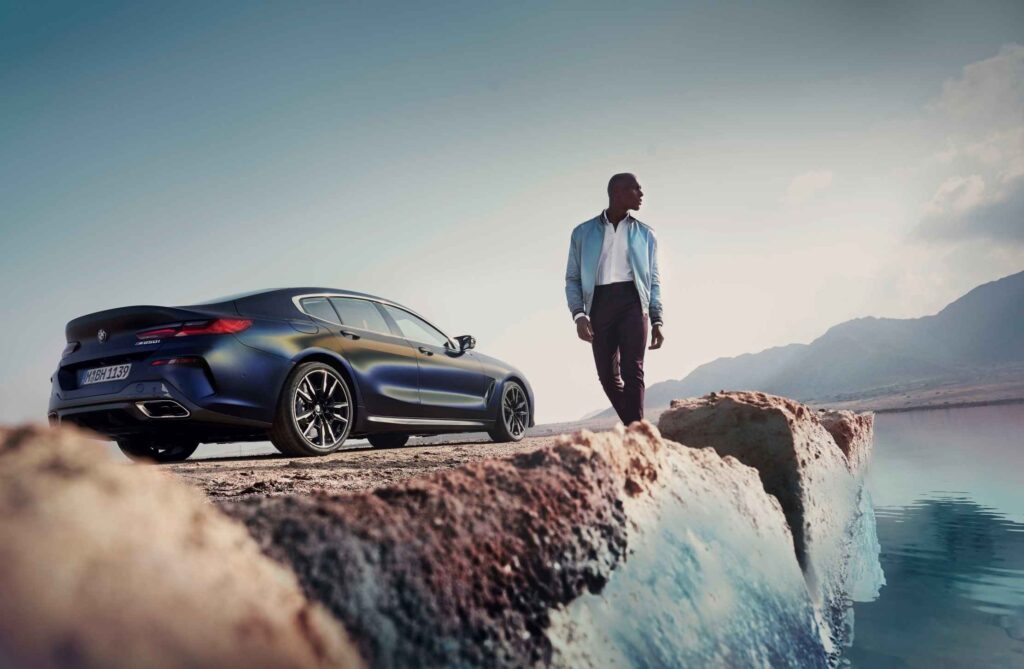
So here we go – enjoy your European driving adventure!






